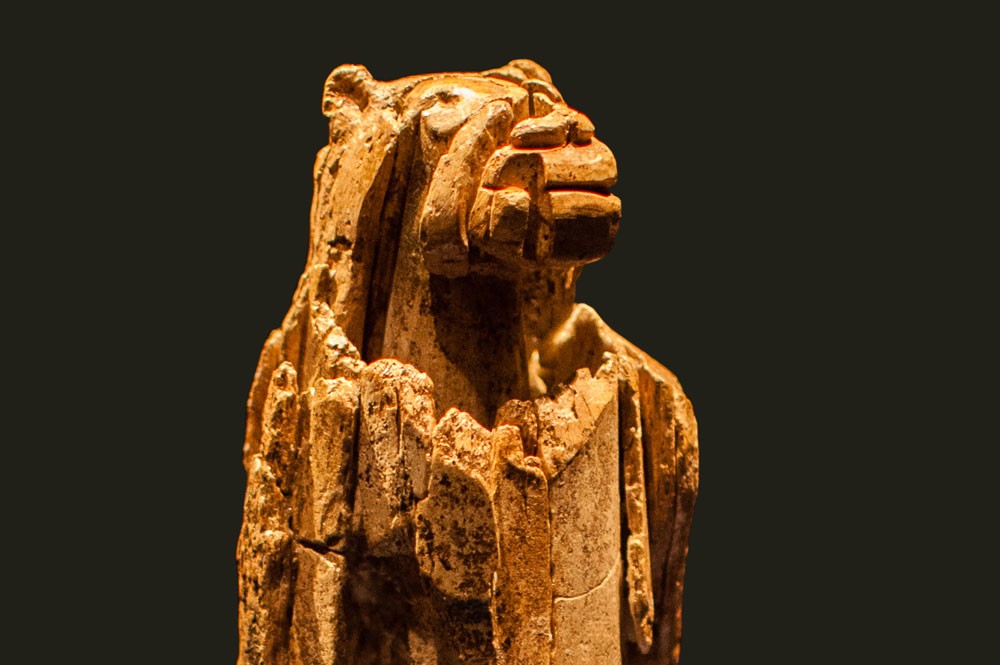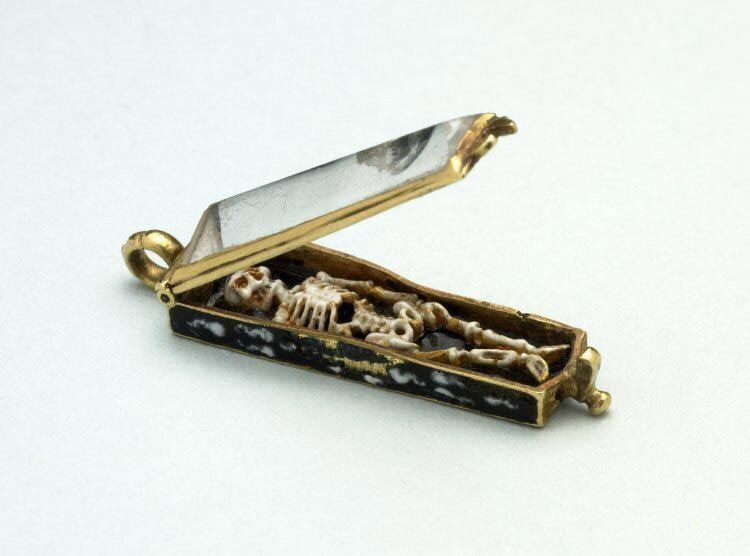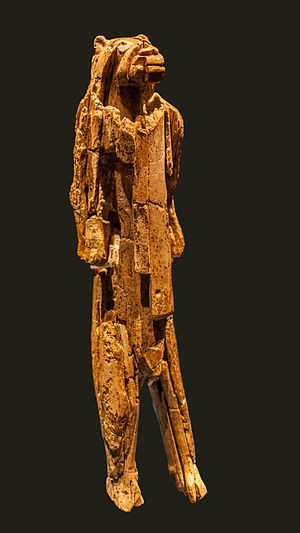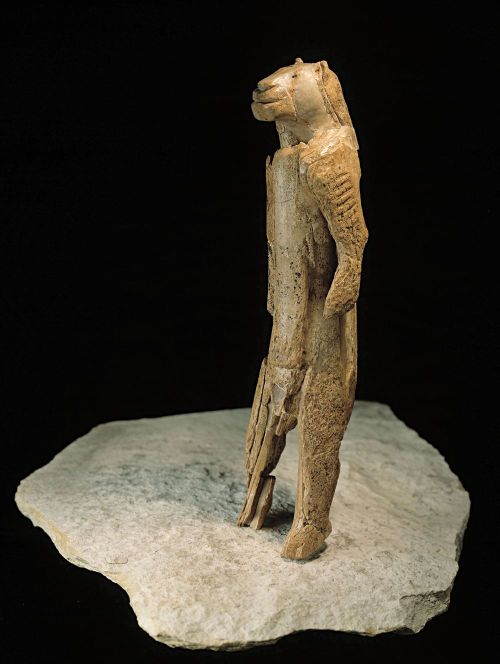The earliest known surviving figurative sculpture is the star exhibit of the British Museum’s new show on religious beliefs, Living with Gods. Borrowed for the exhibition from Ulm Museum in Germany, the Lion Man is a recently redated Ice Age artifact. Once thought to be 32,000 years old, the lion-headed statue is now believed to have been carved 40,000 years ago in the Hohlenstein-Stadel cave in Germany’s Swabian Alps.

Discovered in 1939 as a heap of 200 fragments, the figure was first reconstructed 30 years later to resemble a standing bear or big cat, but with a human head. Additional shards were incorporated in 1989 when researchers realized its lion form. More recent excavations led to the discovery of almost a thousand more fragments, the largest of which has also been integrated into the sculpture.

Around 160 objects in total will be on the show, with three-quarters coming from the British Museum’s own collection. There will be no exhibition catalog, although the museum is publishing a small book in December. No further venues have yet been arranged, although the exhibition (without the Lion Man) may be shown elsewhere.


Meanwhile, another show, Imaging the Divine: Art and the Rise of World Religions, is at the Ashmolean Museum in Oxford (until 18 February 2018).

























